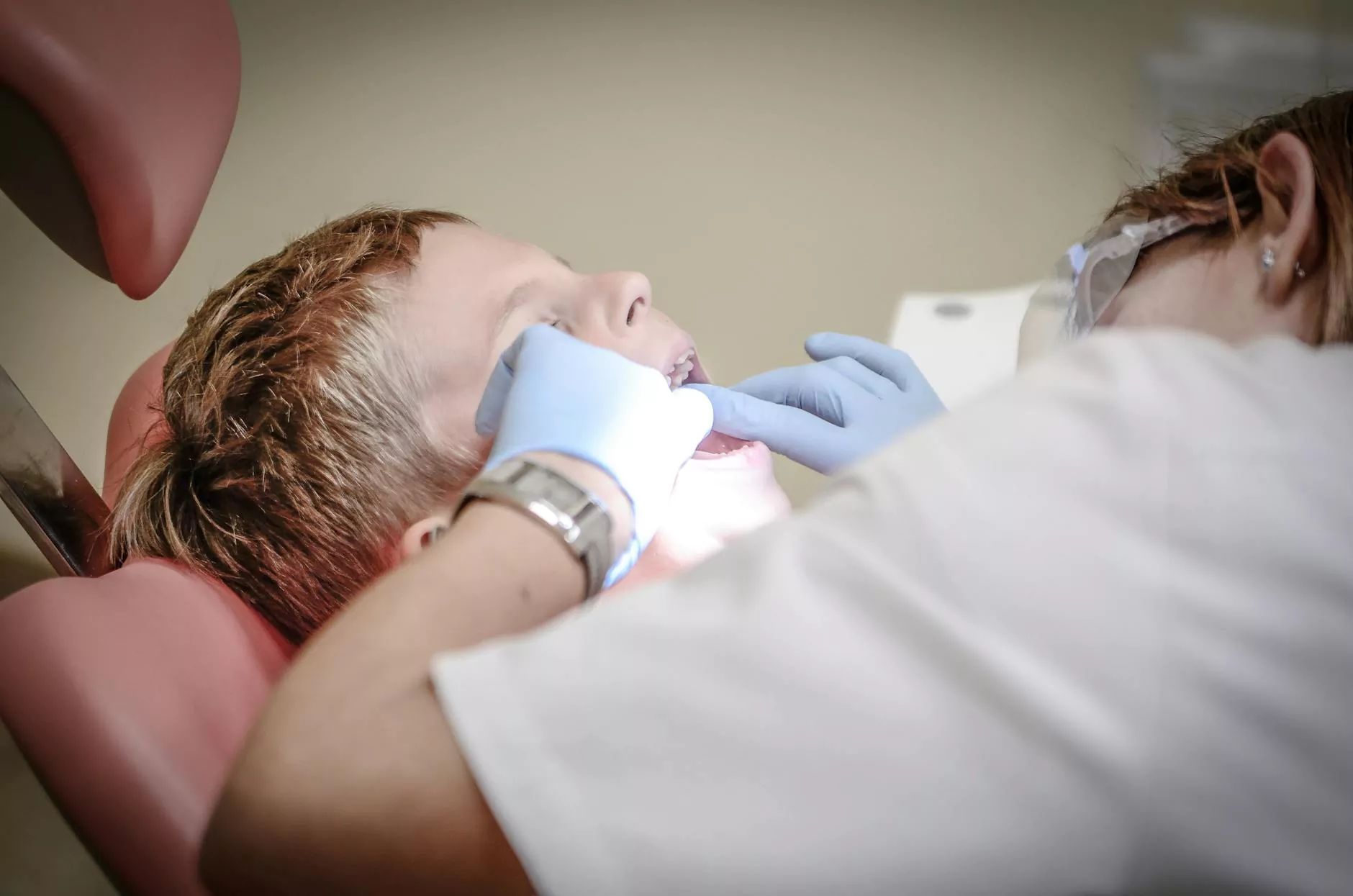Know the risks and benefits of a Cesarean section (C-section)

The Importance of Understanding Cesarean Sections
Welcome to Bay Regional Medical Center's dedicated page on Cesarean sections (C-sections). Our expert team is here to provide you with detailed information about this procedure, including the risks, benefits, and alternatives. We understand that making informed decisions is crucial when it comes to your health and your baby's well-being.
Cesarean Sections: A Comprehensive Guide
A Cesarean section, commonly known as a C-section, is a surgical procedure carried out to deliver a baby through incisions made in the mother's abdomen and uterus. This procedure is typically performed when vaginal birth may pose potential risks to the mother or the baby.
At Bay Regional Medical Center, we believe in educating our patients, and this guide aims to equip you with the necessary knowledge to understand and consider the potential risks and benefits associated with a C-section.
Understanding the Risks of a C-Section
It is important to be aware of the potential risks involved in a Cesarean section. While the procedure is generally safe, as with any surgery, certain complications may arise. Some of the potential risks associated with a C-section include:
- Infection: Any surgical procedure may carry a risk of infection, and a C-section is no exception. Our skilled medical team takes every precaution to minimize this risk through proper sterilization techniques.
- Blood Loss: Due to the nature of the surgery, there may be a slightly higher risk of blood loss compared to vaginal birth. However, our experienced surgeons are highly trained to manage and control bleeding during the procedure.
- Adverse Reactions to Anesthesia: Anesthesia is administered during a C-section to ensure a pain-free experience. While complications related to anesthesia are rare, our anesthesiologists closely monitor patients throughout the process to minimize any potential risks.
- Extended Recovery Time: Recovering from a C-section may take longer than recovering from a vaginal birth. It is essential to follow post-operative care instructions provided by our medical team to ensure a smooth recovery.
- Increased Risk for Future Pregnancies: Multiple C-sections may lead to an increased risk of complications in future pregnancies. Our specialists can discuss alternative birthing options to mitigate potential risks.
Weighing the Benefits of a C-Section
While a vaginal birth is typically the preferred method of delivery, there are situations in which a C-section can be medically necessary or recommended for the well-being of both the mother and the baby. Some potential benefits of a Cesarean section include:
- Safe Delivery in Complicated Cases: In certain situations, such as placenta previa, breech presentation, or when the baby shows signs of distress, a C-section offers a safe and timely delivery method.
- Reduced Risk of Birth Injuries: A C-section may be recommended if there is a concern about potential birth injuries during a vaginal birth. It can help prevent trauma to the baby, particularly in cases of unusually large babies.
- Emergency Response: In unpredictable situations, where rapid delivery is required, a C-section allows for a swift response to ensure the safety of both the mother and the baby.
- Controlled Delivery in High-Risk Pregnancies: If the mother has certain medical conditions, such as high blood pressure or diabetes, a C-section may be recommended to closely monitor and control the delivery process.
Exploring Alternatives to C-Sections
While a C-section can be a necessary and life-saving procedure, it's important to discuss alternative birthing options with your obstetrician. Depending on your specific circumstances, a vaginal birth might be a viable option. Some alternatives to consider include:
- Vaginal Birth after Cesarean (VBAC): If you have previously undergone a C-section, VBAC may be an option for future pregnancies. Our medical team can guide you through the factors to consider and help you make an informed decision.
- Inducing Labor: In certain cases, labor can be induced to facilitate a vaginal birth. This may be an option if there are no major complications and both you and the baby are healthy.
- Assisted Vaginal Delivery: Instruments such as forceps or vacuum extraction can be used to assist in vaginal delivery. However, this option will depend on various factors, including the baby's position and the mother's health.
Consult with Our Expert Team
At Bay Regional Medical Center, our dedicated team of healthcare professionals is committed to providing you with the highest quality care and support throughout your pregnancy journey. We understand the importance of making informed decisions regarding your delivery method and aim to ensure your safety and well-being. Schedule a consultation with our obstetricians to discuss your options, understand the risks and benefits of a Cesarean section, and explore alternative birthing options tailored to your specific needs.




